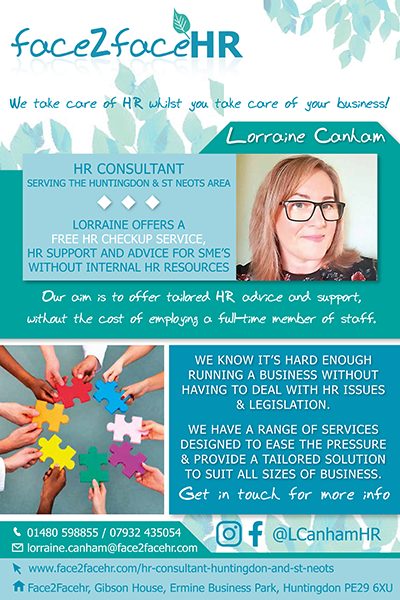Any plan for a return to the workplace needs to include communication and reassurance about Covid-safe measures. It will also require ongoing wellbeing support, especially in relation to employees who may be anxious about returning to the workplace or using public transport to commute. Hybrid working could be part of these plans.
In relation specifically to interim hybrid working, people professionals should:
- Determine if there are any roles that should be prioritised for return to the workplace.
- Identify any employees who need to continue to work from home in the short term. This could be because they remain vulnerable, have ongoing health conditions or are undertaking caring responsibilities.
- Calculate safe office occupancy levels where social distancing measures are still in place.
- Establish and communicate a plan for when employees will work from the office and when they will work from home. This should include reference to caring responsibilities, wellbeing issues and any relevant personal circumstances and preferences. Where possible, try to ensure that all employees spend some time in the office and some time working remotely. This could be on a rota basis.
- Consult with employees (and trade unions were applicable) on plans for returning to the workplace. Encourage them to raise questions or concerns.

A listening exercise could be useful
Where organisations have not already done so, they may wish to consider undertaking a listening exercise with their workforce. This will help them to understand the specific working preferences of their people for the future, as well as learn more about their experiences of working during the pandemic. It’s worth bearing in mind the impact of a large-scale return to the workplace on those employees who have continued to work in the workplace throughout the pandemic, and their preferences for working patterns going forward.
All plans for returning to workplaces should always follow UK government guidance and legislative requirements relating to health and safety. The CIPD has developed a return-to-work planner and is recommending businesses consider three questions when planning and managing a return to the workplace.
- Do people feel sufficiently safe?
- Will it enhance performance?
- Are you listening to your people?

Planning for the future
Prior to the pandemic, the progress of flexible working in the UK was described as glacial. However, roles which previously may have been considered as unsuitable for flexible or homeworking have been successfully undertaken from home for a sustained period. Although hybrid working is different from remote working, we can draw on some of the lessons and experiences from the pandemic-related working-from-home period.
There is no single way to implement hybrid working; its exact form is likely to vary from organisation to organisation. In this section we will explore some areas to consider when considering potential approaches towards a more hybrid future.

Hybrid working is a form of flexible working.
Key steps towards introducing hybrid working should include:
- Agreeing an overall strategic position on hybrid working for the organisation, and the development of a policy and supporting guidance reflecting the strategy.
- Defining hybrid working with regard to the specific organisational context. This might include several different forms of hybrid working even within one organisation, depending on role requirements.
- Engaging people managers throughout the organisation, providing an opportunity to ask questions and raise concerns, as well as the provision of training and development to support successful hybrid working.
- Development of a communication plan to share plans for future hybrid working with all employees. Include information on how to request hybrid working.
- Planning for and responding to the organisational implications of hybrid working on matters such as technology, employee wellbeing, inclusion and facilities.
- Supporting effective team building and cohesion in hybrid teams.
Policy and procedure
Hybrid working is a form of flexible working. Therefore, employers may consider adapting or updating an existing flexible working policy to include hybrid working as a specific category. Or they could introduce a specific hybrid working policy. What is appropriate for each business will depend on their specific context. Whichever decision is made, as hybrid working is a relatively new concept, any new or adapted policy should be issued with supporting guidance and information to enable effective implementation.

When developing policies and procedures organisations should consider the following:
- Setting out who is eligible for hybrid working (or which role types).
- Explaining how to request hybrid working.
- Clarifying roles and responsibilities for hybrid workers and people managers.
- How hybrid working intersects with other forms of flexible working.
- Reviewing other related policies, including, for example, expenses, IT usage, homeworking and data protection.
There is a critical difference between the flexible working applications that were made before Covid-19 and those that are likely in the future. Flexible working legislation sets out how individuals can apply for flexible working and how to consider requests on an individual basis. However, hybrid working may also need to be considered at a team level. Demand for hybrid working is expected to be high, and it may not be procedurally effective to consider multiple requests at the same time. Instead, managers may need help to consider requests holistically.
This is also an opportunity to review wider flexible working policies and procedures to determine if they are fit for purpose in other areas. Ideally, businesses will offer a broad range of flexible working options in addition to hybrid working, promoting the different forms of flexibility and how to access them, although this may be difficult in smaller organisations.
For more information on how your organisation can prepare for hybrid working do get in touch Lorraine.canham@face2facehr.com or visit https://face2facehr.com/hr-consultant-huntingdon-and-st-neots/
Words by Lorraine Canham





